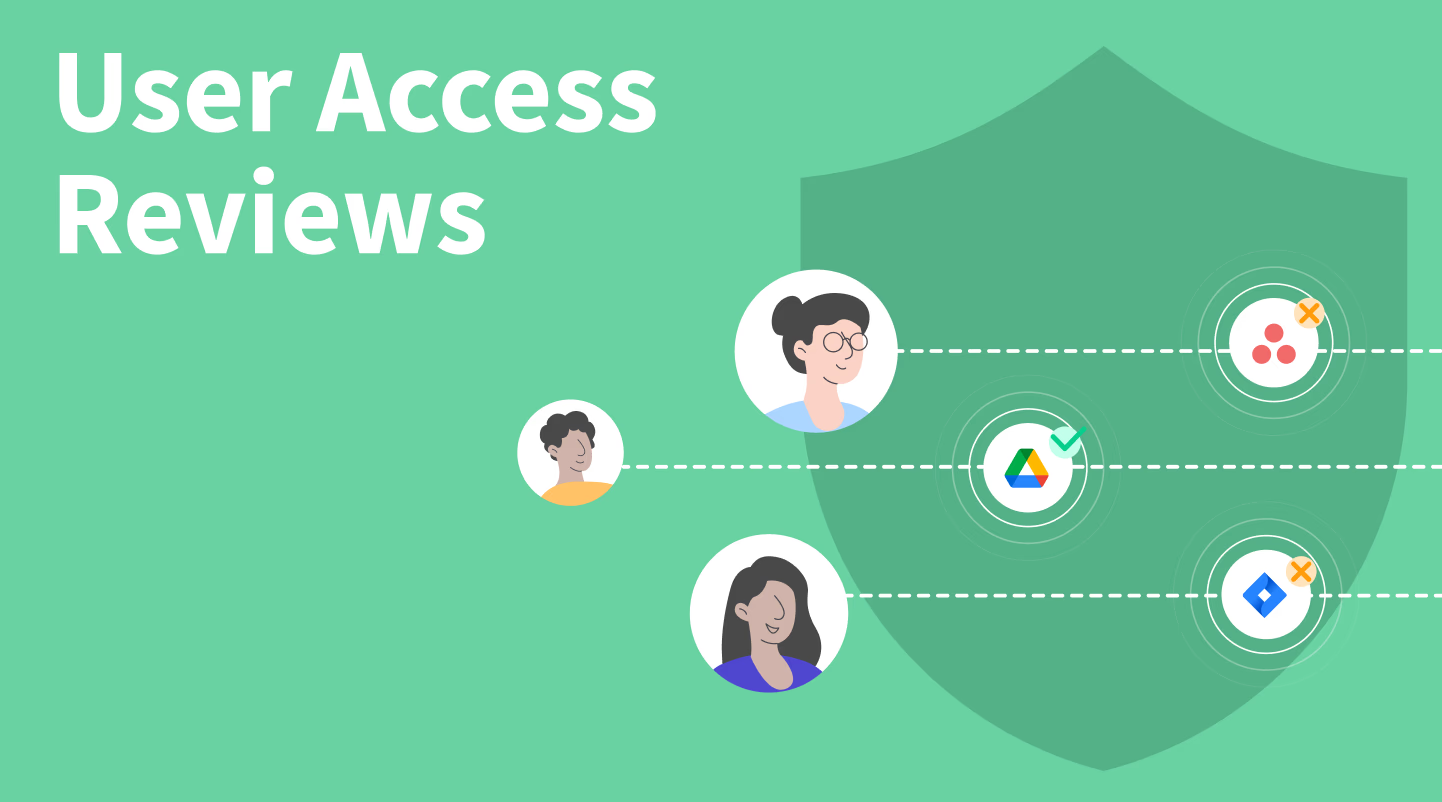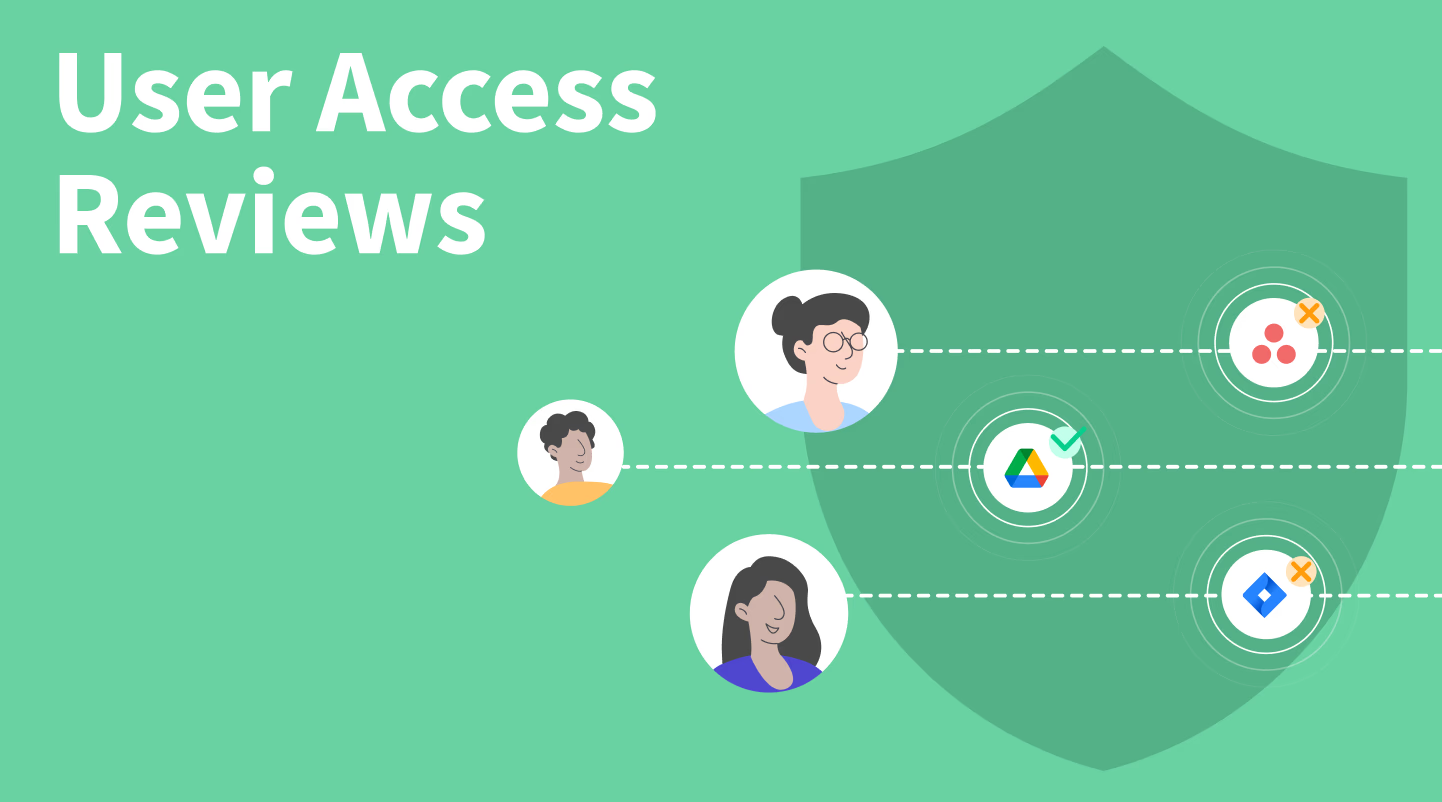What Are the Best Practices for Identity Governance and Administration Implementation?

In the modern digital landscape, organizations are managing an increasing number of user accounts, applications, and sensitive data. With this growth, the need to control who has access to what resources has never been more critical. Identity governance and administration (IGA) is the framework that ensures users have the right access at the right time while maintaining security, compliance, and operational efficiency. Coupled with user access reviews, IGA helps organizations minimize risks and safeguard digital assets.
Implementing IGA effectively requires more than just installing a software solution. It demands strategic planning, structured processes, and adherence to best practices. This article explores the best practices for implementing IGA and optimizing user access review processes.
Understanding Identity Governance and Administration
Identity governance and administration is a combination of policies, processes, and technologies designed to manage digital identities and control access within an organization. IGA ensures that employees, contractors, and partners can perform their job responsibilities without exposing the organization to unnecessary risks.
The main goals of IGA include:
-
Ensuring proper access for all users
-
Reducing security risks related to excessive privileges
-
Maintaining compliance with industry regulations
-
Enhancing operational efficiency through automation
Without an effective IGA strategy, organizations risk over-provisioned accounts, orphaned users, and potential security breaches.
Importance of User Access Review
A critical component of IGA is the user access review. This process involves systematically reviewing user access rights to ensure they match current roles and responsibilities. Conducting regular access reviews helps identify inappropriate access, enforce least privilege principles, and maintain compliance.
Benefits of performing regular user access reviews include:
-
Reducing the risk of insider threats
-
Maintaining regulatory compliance with standards such as GDPR, HIPAA, and SOX
-
Ensuring accountability for sensitive data access
-
Supporting audit readiness through detailed access reporting
Automation plays a significant role in making user access reviews efficient, accurate, and timely.
Best Practices for Implementing Identity Governance and Administration
Implementing IGA requires a structured approach and adherence to established best practices. Below are key practices that organizations should follow:
1. Define Clear Roles and Responsibilities
Before implementing IGA, organizations should establish clear roles and responsibilities. Define what access each role requires and limit privileges to only what is necessary. Role-based access control (RBAC) is an effective strategy to simplify administration and reduce the risk of excessive access.
2. Adopt a Least Privilege Approach
The principle of least privilege ensures users have only the access necessary for their job functions. This reduces potential security threats and helps prevent misuse of sensitive information. Implementing this principle should be a core aspect of IGA and supported by user access review processes.
3. Automate Identity Lifecycle Management
Identity lifecycle management automates account provisioning, modification, and deactivation. Automation ensures new employees get appropriate access quickly, while departing employees have their access revoked promptly. This reduces orphaned accounts and strengthens security posture.
4. Conduct Regular User Access Reviews
Frequent user access reviews are essential to maintain ongoing security and compliance. Organizations should establish a review cadence based on role criticality and risk level. Automated workflows for review notifications, approvals, and reporting ensure consistency and reduce manual effort.
5. Implement Policy Enforcement
Policy enforcement technologies help organizations monitor and enforce access rules in real-time. Automated alerts can flag inappropriate access attempts, ensuring compliance with security and regulatory requirements.
6. Integrate with Cloud and On-Premises Systems
Modern IT environments are often hybrid, with both cloud-based and on-premises systems. Effective IGA solutions must integrate seamlessly with all systems to provide centralized visibility and control over user access.
7. Leverage Analytics and Intelligence
Analytics tools can track user behavior, identify unusual patterns, and detect potential risks. By analyzing access trends, organizations can proactively prevent security incidents and improve decision-making related to identity management.
8. Align IGA with Compliance Requirements
Identity governance and administration should support compliance with industry regulations. Organizations should generate detailed audit reports, maintain access logs, and demonstrate adherence to relevant standards. This ensures smooth audits and reduces regulatory risk.
9. Provide Training and Awareness
Employees and managers should be educated about IGA processes and their roles in maintaining access controls. Awareness programs can enhance accountability, reduce errors, and foster a culture of security within the organization.
10. Partner with Trusted Technology Providers
Selecting the right technology provider can simplify IGA implementation and ongoing management. Platforms like Securends offer comprehensive solutions for automating user access reviews, enforcing policies, and maintaining compliance, ensuring organizations can implement best practices effectively.
Common Challenges and How to Overcome Them
Even with best practices, organizations may face challenges during IGA implementation:
-
Complex Environments: Hybrid IT systems can complicate access management. Integration and centralization are key to overcoming this.
-
Resistance to Change: Users may resist new processes. Providing training and highlighting the benefits of IGA can help.
-
Data Accuracy: Outdated or inaccurate user information can affect access decisions. Regular data audits are essential.
-
Regulatory Pressure: Compliance requirements may change frequently. Ensure the IGA solution is adaptable and can support evolving regulations.
By anticipating these challenges and following best practices, organizations can implement IGA successfully and maintain secure, compliant access management.
Conclusion
Implementing identity governance and administration effectively is crucial for protecting sensitive data, ensuring compliance, and improving operational efficiency. Regular user access reviews, combined with automation, policy enforcement, and analytics, form the backbone of a robust IGA strategy. By defining roles clearly, enforcing least privilege access, integrating systems, and leveraging technology providers like Securends, organizations can maintain secure, controlled access across their IT environment while minimizing risks and enhancing productivity.





